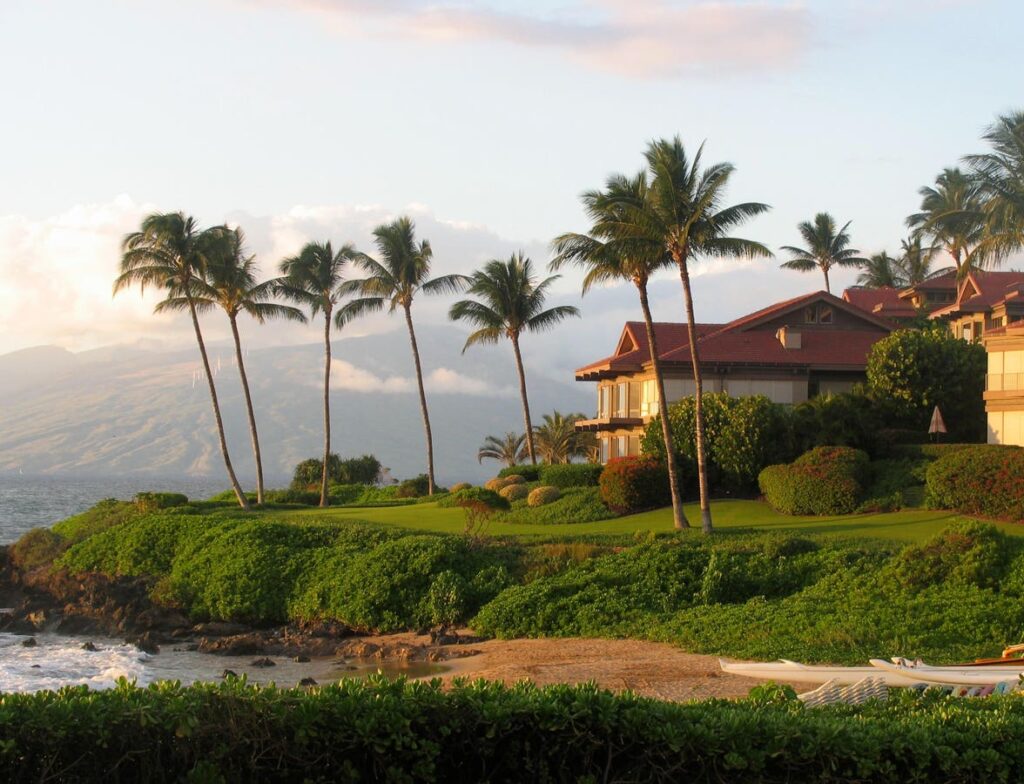Hawaii, known for its breathtaking beaches and lush landscapes, uniquely stands out as part of the non-contiguous United States, much like Alaska. Renowned for its high cost of living, Hawaii consistently ranks as the most expensive state in the U.S., according to various indices published by organizations such as the Council for Community and Economic Research (C2ER). The economic landscape in Hawaii reflects the cost of living, with incomes typically higher than the national average. This economic environment has led to an examination of the wealth distribution within the state, particularly through the lens of its cities, as analyzed in the 2023 American Community Survey conducted by the Census Bureau.
To determine the wealthiest cities in Hawaii, a comprehensive study analyzed 163 Census-designated places (CDPs) based on four key financial metrics: median household income, mean (average) household income, median home value, and median property taxes paid annually. This rigorous assessment involved compiling and scoring each city according to these factors to establish a ranking of the richest places. The importance of these metrics cannot be overstated, particularly the mean household income, which provides precise figures, especially since the Census Bureau sets upper limits on certain measurements, leading to an incomplete view if taken in isolation.
The list that emerged from this analysis features some intriguing cities, with Mākaha Valley taking the top spot as the richest city in Hawaii. Nestled in Honolulu County, Mākaha Valley boasts a median household income exceeding $250,000 and a mean household income of $312,548. Not surprisingly, the median home value here is also strikingly high, at over $1.5 million. Despite its small size, with only 46 households, the wealth concentration is evident, underscoring the appeal of this tranquil yet affluent area for those drawn to its allure.
Following closely is Makena, located on Maui Island, which ranks as the second richest city. It features a slightly larger community with 76 households and showcases a median home value exceeding $2 million. Notably, half of its workforce is engaged in real estate, construction, or education services. The median household income of $148,750 and mean income of $246,570 reflect significant wealth, albeit not nearly as high as Mākaha Valley. The beauty and allure of Makena, marked by stunning beaches, contribute to its desirability.
Kapalua, also situated on Maui, is the third wealthiest city, boasting an impressive array of luxury resorts like the Ritz-Carlton, which bolsters its economy. The employment sectors mirror this, with hospitality services dominating the job market. Although it has a larger population of 163 households, Kapalua still retains high median household income figures, at $178,750, and an average income of $289,657. The median home value stands at around $1.46 million, with many properties valued much higher, illustrating the substantial investment in this picturesque location.
The unincorporated community of Launiupoko ranks fourth in wealth, with a median household income of $171,875 across its 250 households. The median home value here exceeds $2 million, while property taxes remain relatively low at a median of $4,625 yearly. Lastly, Maunawili, with a population exceeding 2,000 and 697 households, rounds out the top five wealthiest places. Although its industries differ, with significant employment in healthcare and education, Maunawili still shows strong median incomes at $169,375 and an average of $199,375, alongside a home value estimated at around $1.5 million.
In conclusion, the economic landscape of Hawaii—a combination of high living costs and significant incomes—adds a layer of complexity to understanding wealth distribution across its cities. The top five wealthiest areas in the state highlight both the breathtaking beauty and diverse economic engines that drive their affluence. Mākaha Valley, Makena, Kapalua, Launiupoko, and Maunawili represent a microcosm of Hawaii’s wealthier communities, each with unique characteristics and financial metrics that illustrate the wealth concentrated in specific regions of this stunning state. This analysis not only paints a detailed picture of economic standing but invites further exploration into the social implications and quality of life in these affluent enclaves.

